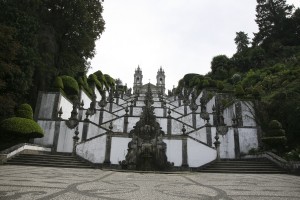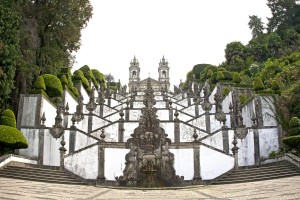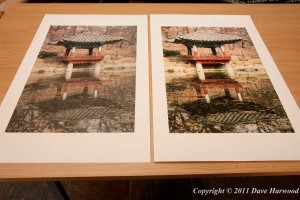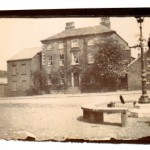Our photos are our visual memories – places we have visited, people we have met, events we have attended, … A small minority are destined for display but the vast majority will be stored digitally or on paper until we view them again to remember that special time. So what about that shot you take that does not come out as planned and although a reminder, it is not quite as you remember it?
When dealing with old photos, negatives and slides, there are often signs of deterioraton or wear-and-tear that can be corrected digitally – photo renovation. However, many of the same techniques can be used on a recent image to correct problems and make it more aligned to our memory – photo improvement.
Recently I have worked on some holiday images that were OK as holiday snaps but not great reminders of a special location. Take, for example, this shot on the right of Bom Jesus, a famous site in North Portugal. The image isn’t quite straight and it is dull and lifeless with very little detail.
Taking the image into Photoshop, I used the Lens Correction filter to straighten the image and emphasise the centre by applying a small amount of distortion and adjusted shadows/highlights, brightness, contrast and colour. The result on the left is more engaging and much more like the memory of the day.
Most images that are not as you want them, can be improved by a few actions in your image improvement software. Not all images are worth improving but investing some time in the ones that will always remind you of that special occasion is well worth the effort.






